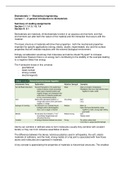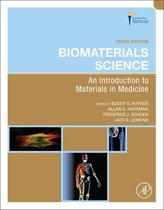Summary
Biomaterials 1 - Summary of book chapters for lecture 1: a general introduction to biomaterials
- Course
- Institution
- Book
This document is a summary of the book chapters covered in lecture 1 (a general introduction to biomaterials) in the course biomaterials 1
[Show more]




